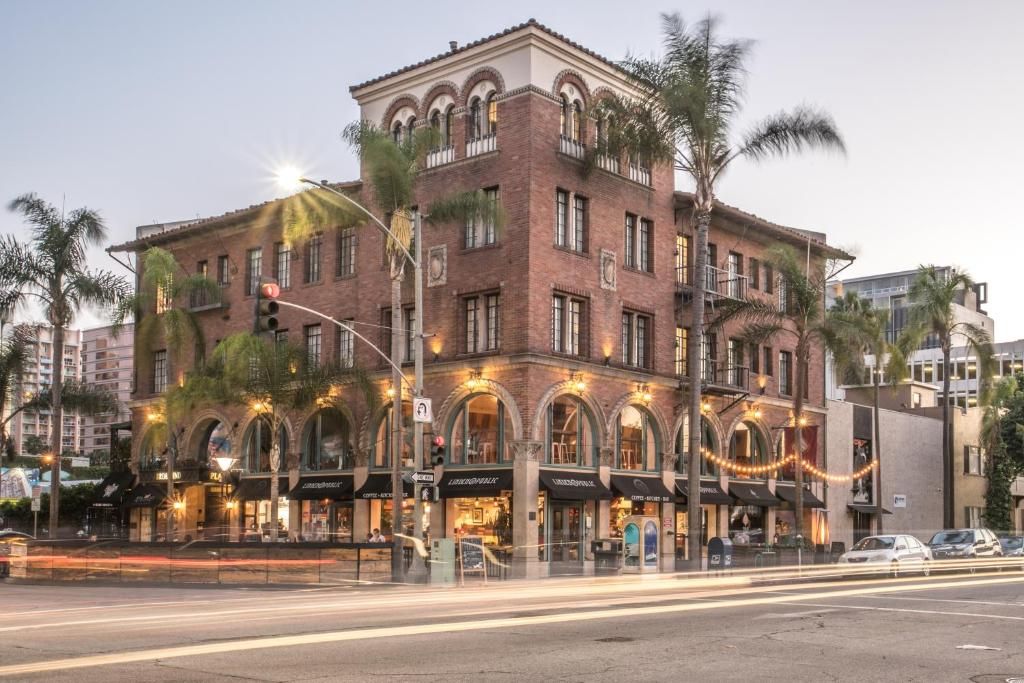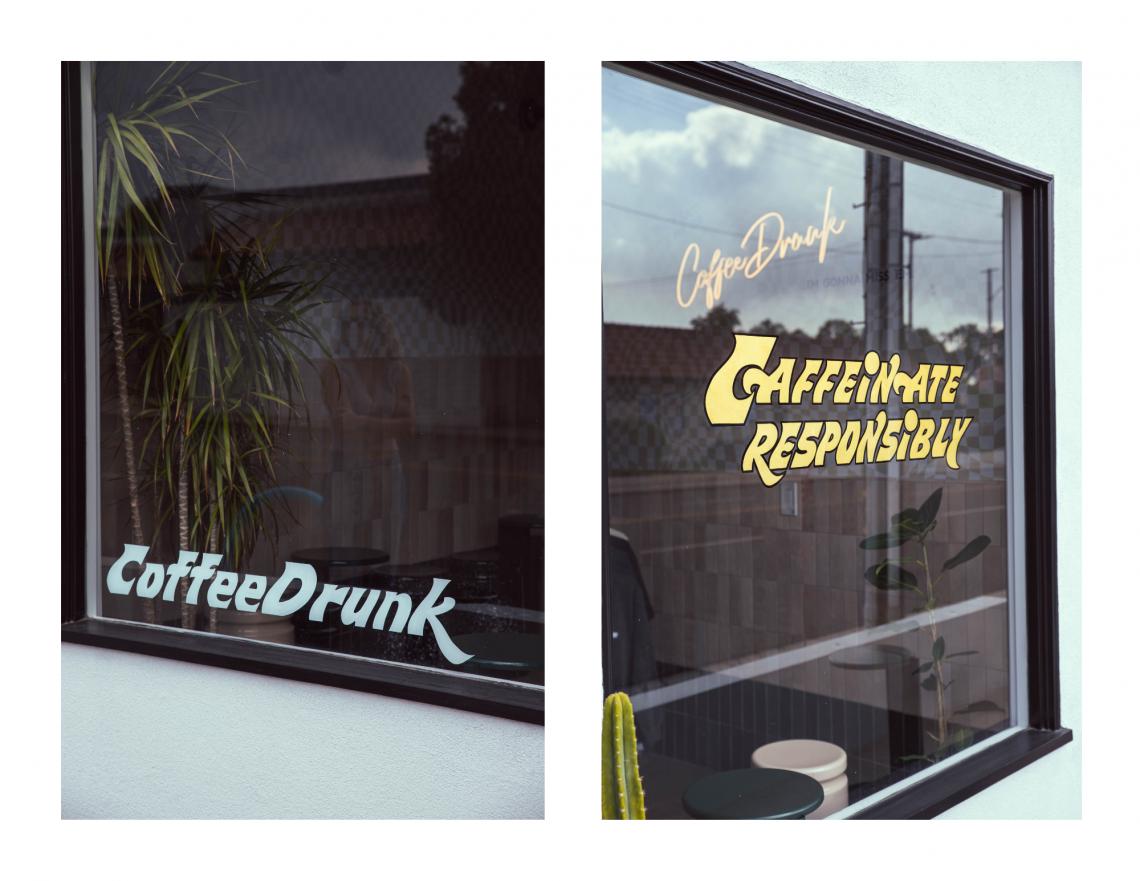Gaytonia: The Castle of Long Beach
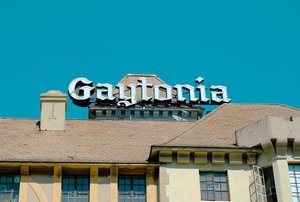
GAYTONIA
The Castle of Long Beach
By Lindsey Goodrow
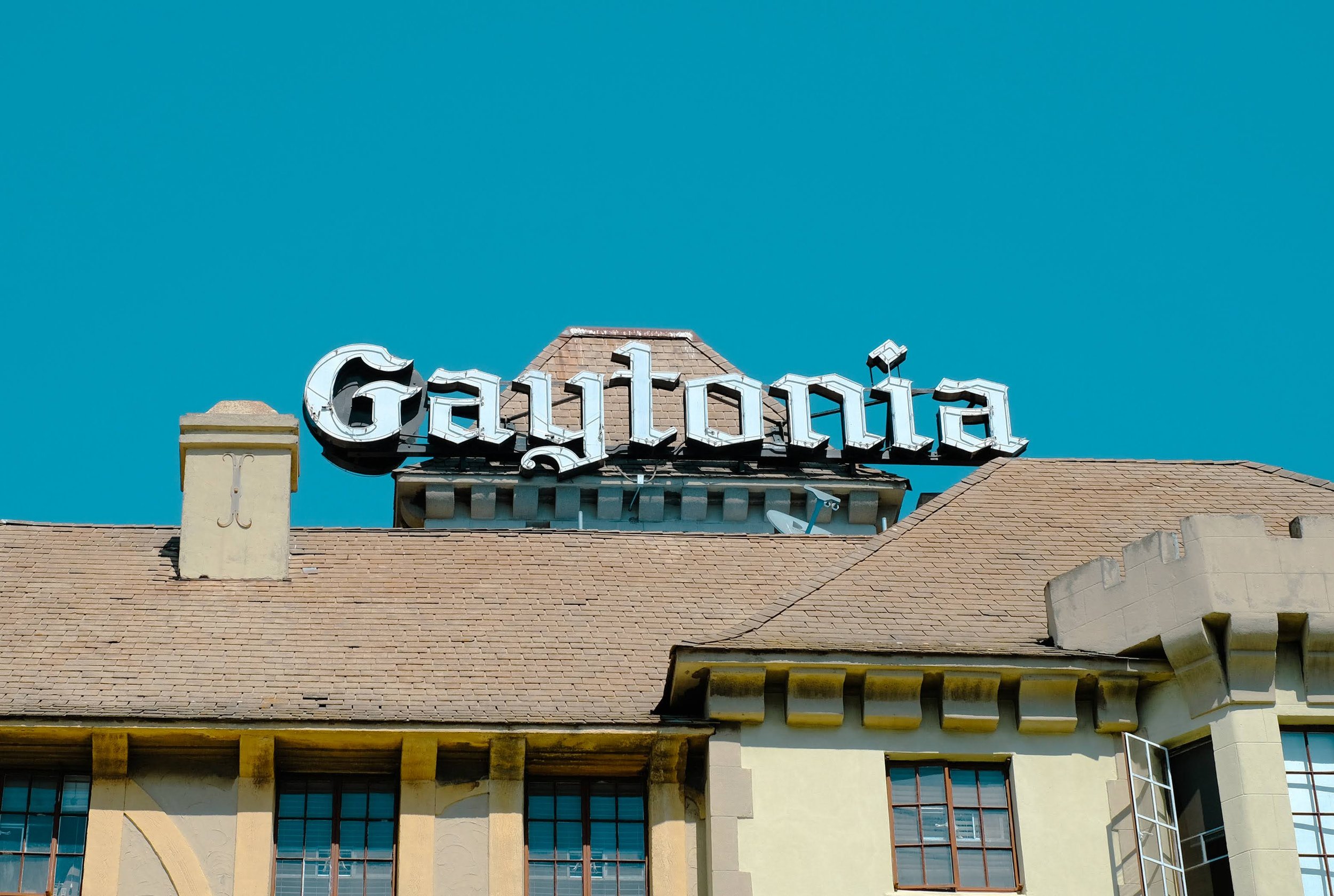
On the quiet corner of Quincy and Shaw in Belmont Heights, atop a hill covered in extravagant homes, stands Gaytonia, a fantastical structure that seems plucked straight out of a children’s fairytale or teleported from the 12th Century English countryside. The neon green glow attracts the eye of all who pass by and illuminates the building’s grandeur at night. There is nothing quite like Gaytonia in Long Beach, which has remained true since it was first built in 1930.
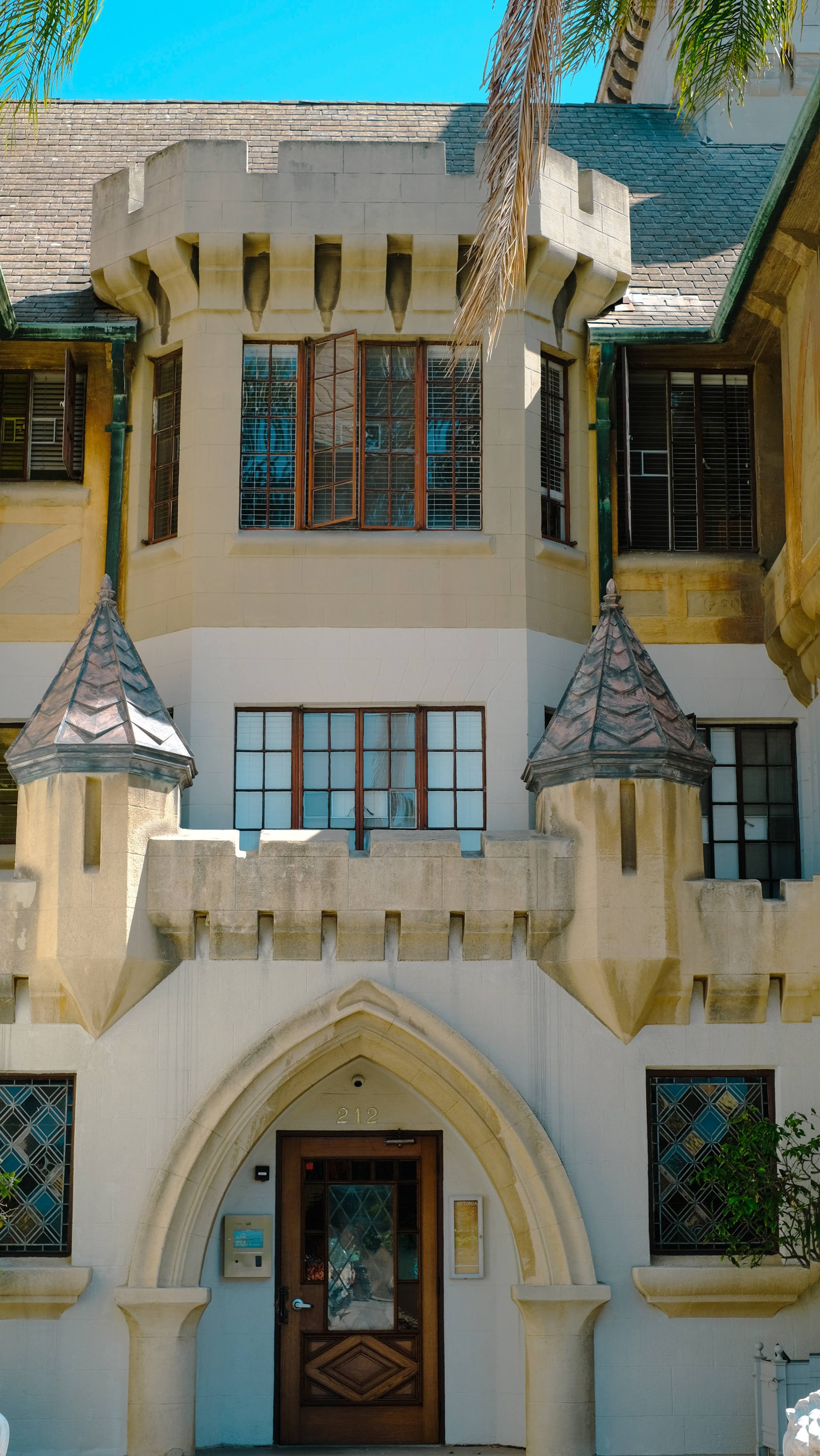
THE MEN BEHIND GAYTONIA
This may surprise many Long Beach residents who have often basked in the warm neon glow and pondered the building’s fabulous namesake, but Gaytonia was named after the man who paid for its construction — George T. Gayton — not, as some have guessed, after the Long Beach’s pride in its LGBTQI+ residents. Gayton poured around $100,000 into building this ostentatious castle, an unheard-of cost in 1930 which now roughly equates to $1,700,000.
While Gayton’s name is forever fixed to Gaytonia’s facade (and who can blame him for naming a castle after himself), all fanciful design credit goes to architect Reginald Freemont Inwood.
Inwood and Gayton had previously paired up as an architect/contractor duo to construct the Belmont Theatre in the late 1920s. The Art Deco bones of this 800-seat movie house are still admired every day by pedestrians walking down 2nd Street, as it lays smack dab in the middle of the well-known shopping block. The movie theater closed its doors in 1977, but the building itself now houses the Belmont Athletic Club gymnasium.
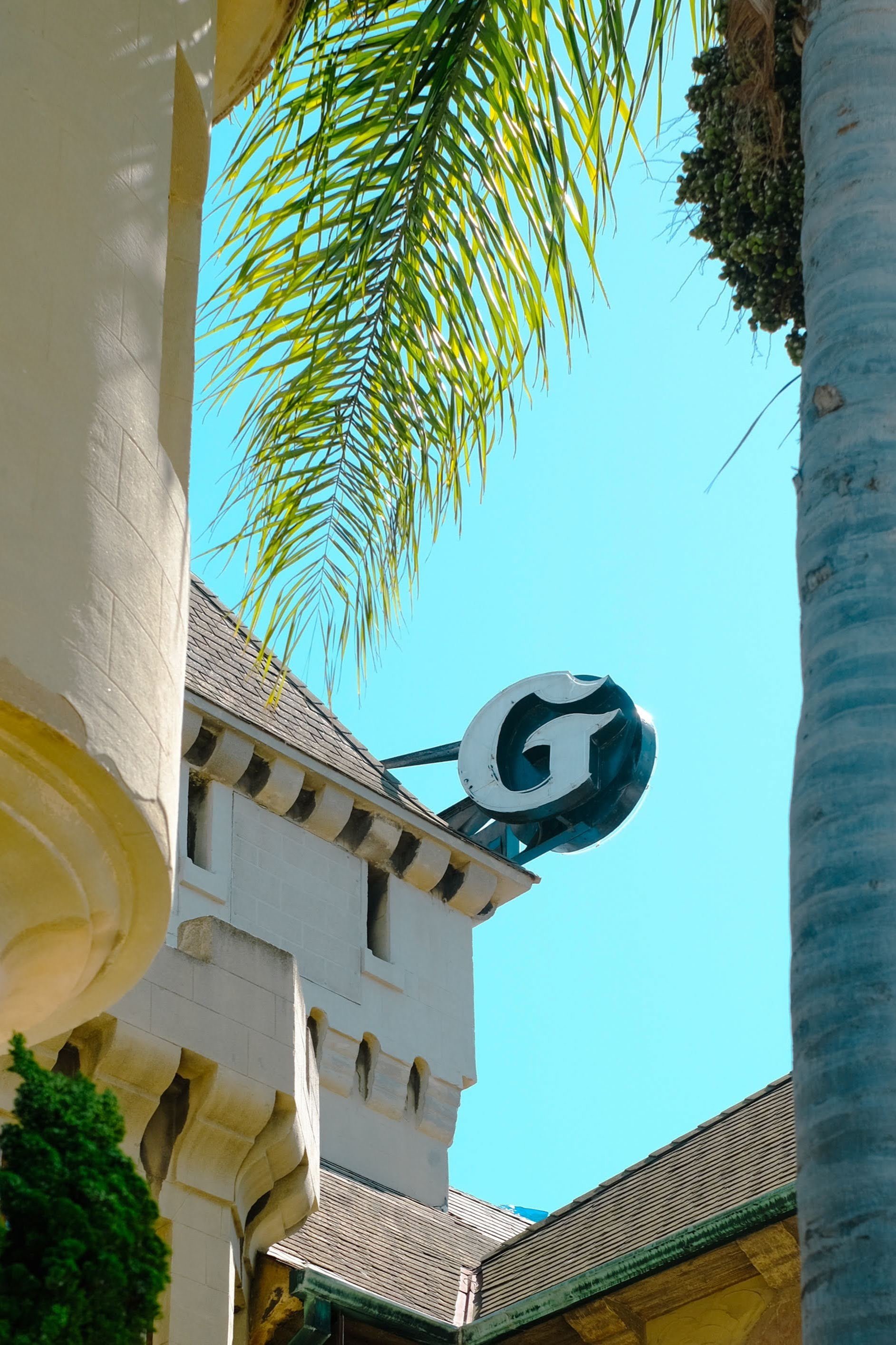
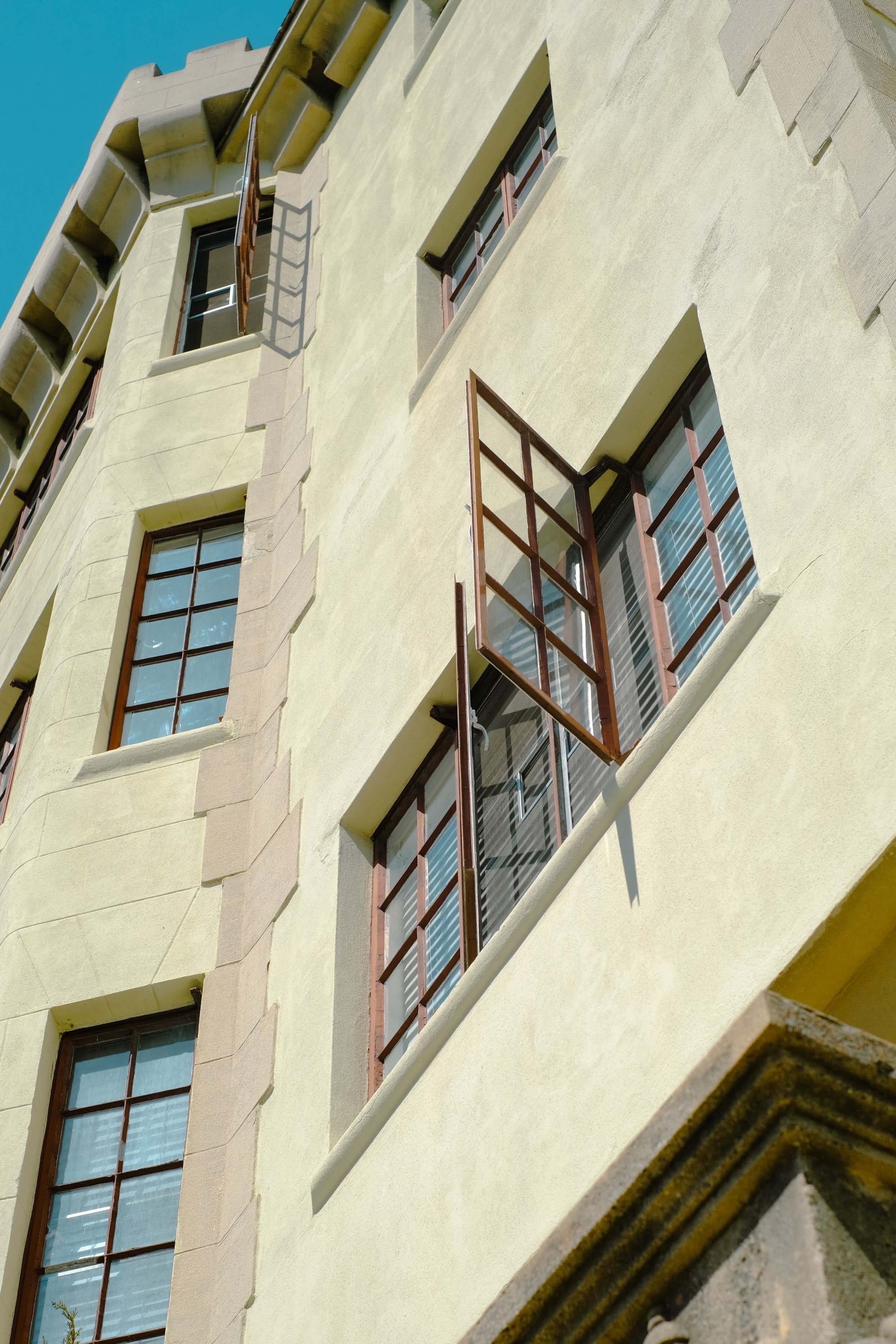
ROCK-HARD ARCHITECTURE
Gaytonia may be nearly a century old, but its architecture is reminiscent of medieval castles built half a millennium ago. Much like the Villa Riviera, Gaytonia is constructed mainly of stone.
The famous castle of Long Beach features what would come to expect from a proper castle — pitched roofs, turrets (mini towers), conical caps, and even an area that resembles a parapet, which is a low, protective wall along the roof meant to keep watch guards safe from intruders.
Some might say this is a bit much for a developing residential neighborhood, but Reginald Freemont Inwood would disagree. This designer and architect was well-known for having an elaborate style and even built three castle-like homes in the area; one in Belmont Shore and two in Naples.
At the completion of Gaytonia’s construction, Gayton and Inwood placed the giant neon sign atop it. Neon signage became a popular fixture in outdoor advertising in the 20s and 30s. The signs – dubbed "liquid fire" – and were visible even in daylight.
So why the loud display? Why a castle with a bright neon sign? Whose attention was Inwood and Gayton trying to attract?
ATTRACTING SEAMEN
Residents assume that the construction of Gaytonia and subsequent designation of it as a hotel-style apartment building would attract naval officers to live there.
Long Beach became the West Coast homeport for Pacific Fleet battleships in 1918, a decade before the blueprint of Gaytonia was even drawn. In 1928, Long Beach was honored to become the homeport for the Navy’s first two aircraft carriers: Uss Saratoga and USS Lexington.
Suffice it to say, many seamen and officers were looking for a place to call home in Long Beach. What better way to entice these Naval men than with a stylish castle.
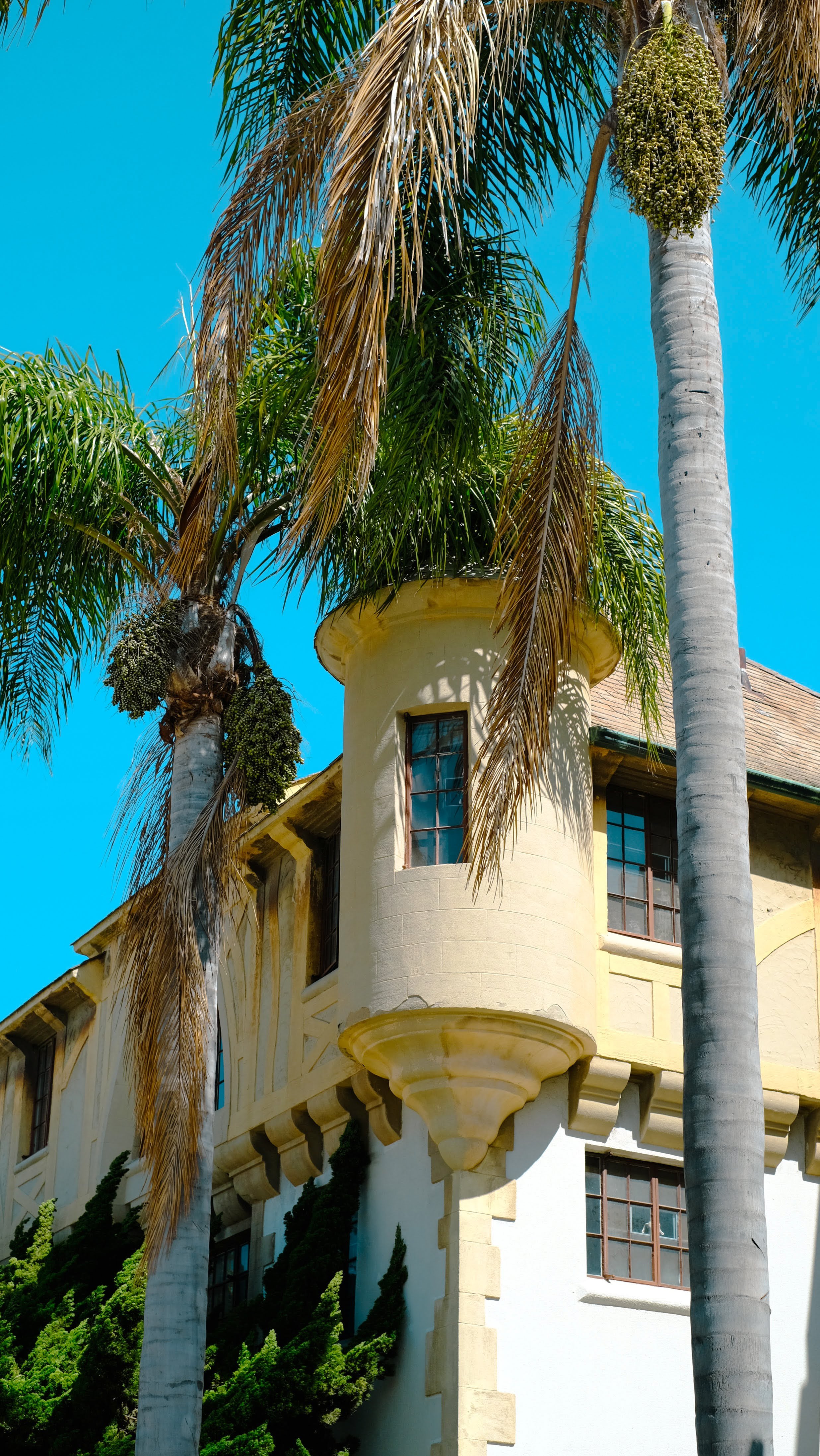
GAYTONIA NOW
Whether or not Gaytonia was in fact built to attract the Navy or not, it remains an enduring display of strength in Long Beach. Surviving the 1933 earthquake that nearly leveled the rest of the city, Gaytonia is a picture of resilience.
Located at 212 Quincy Ave., Gaytonia still functions as an apartment building. While it was managed like a hotel in the 30s and 40s, with maid and valet service, it’s now a picturesque community of residents. Most feel close to one another and check in on each other.
Gaytonia is a Belmont Shore architectural gem as well as a historical landmark. You may be tempted to take a peek inside, but the remarkable building is shut off from the peering eyes of strangers, protected by its century-old stones. The best you can do to get close is to stare into that neon sign that reads “Gaytonia” and imagine you’re within the confines of a castle.
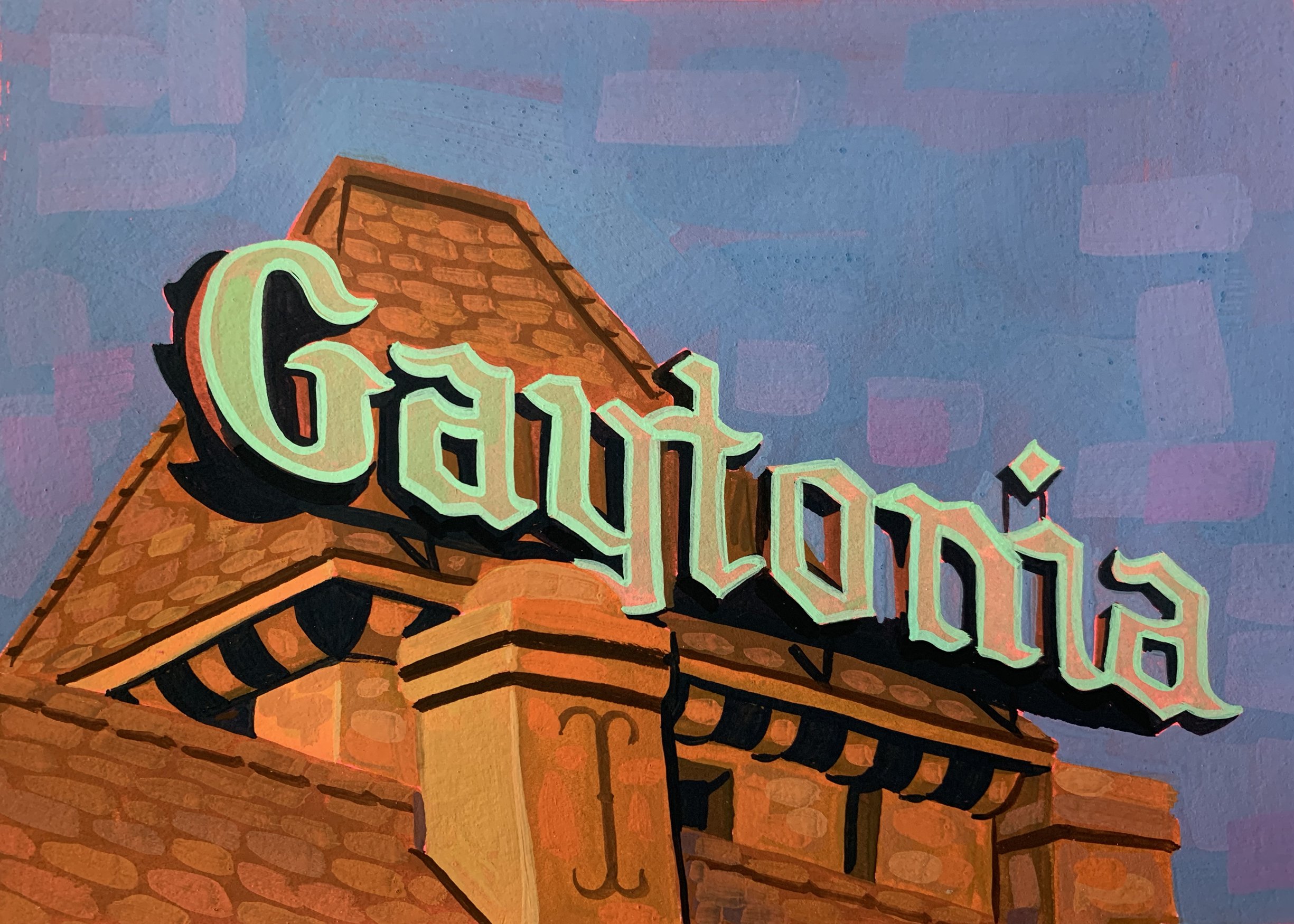
“Gaytonia” by Jamie Tablason
Categories
Recent Posts

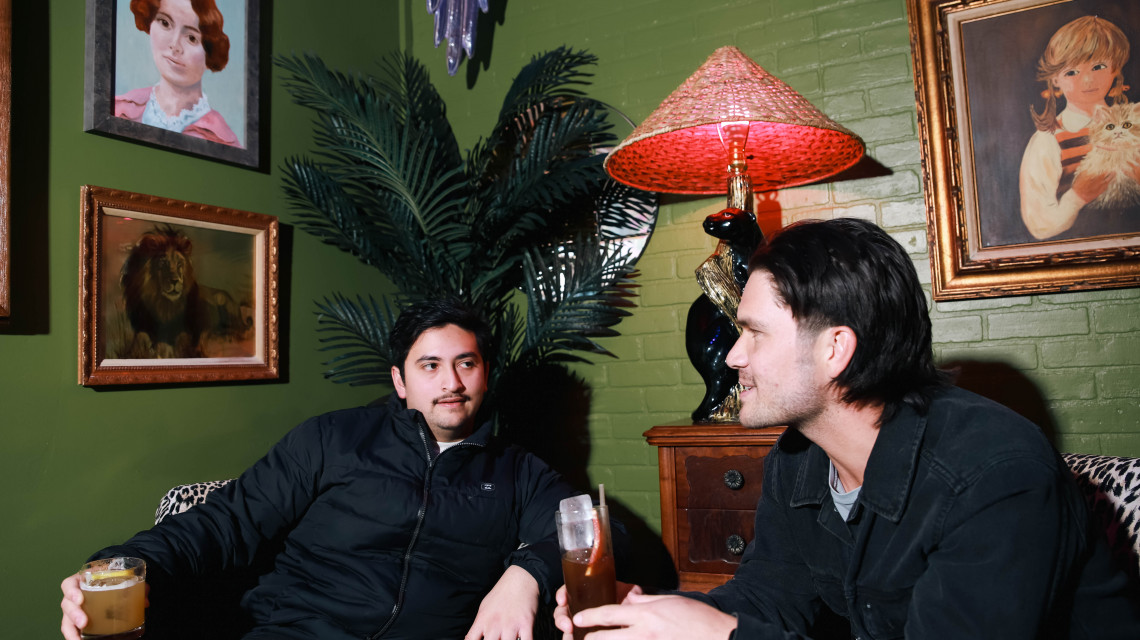
.png?w=1140)
